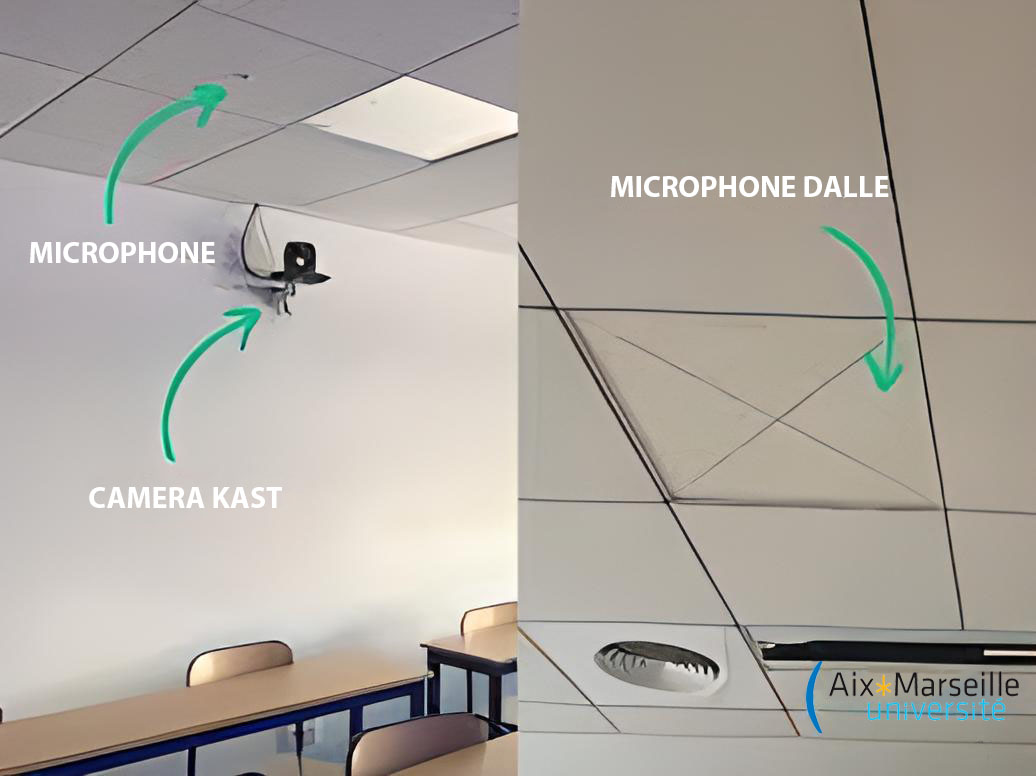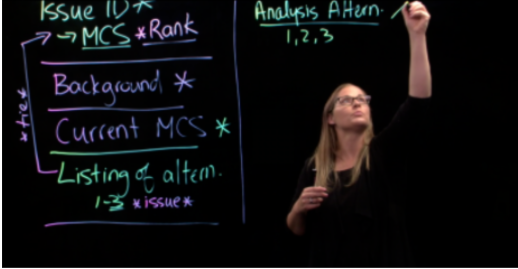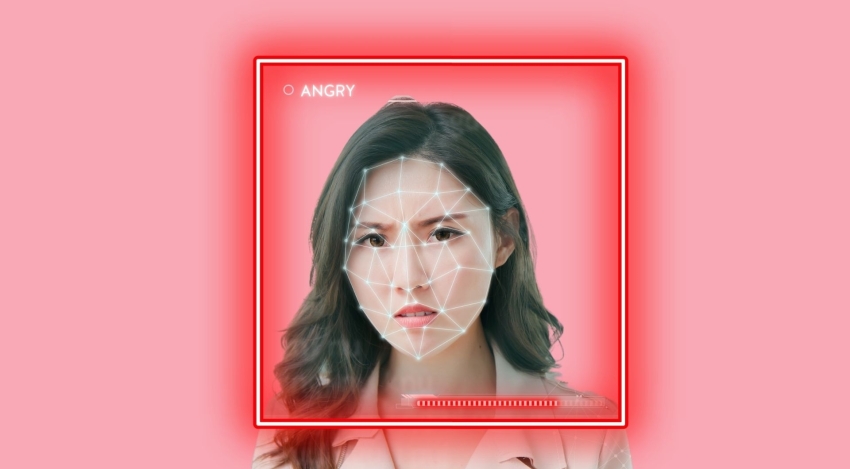

Universities and schools around the world have been undergoing a global shift since the onset of the pandemic. The primary mission of higher education institutions remains face-to-face instruction. Nevertheless, the value of hybrid or comodal education in pedagogy is undeniable. Universities continue to heavily equip themselves to be prepared for any eventuality in the upcoming term. This equipment transition signifies a profound shift towards digital methods in the long term.
However, comodal education is not a novelty. For instance, medical faculties have often broadcast their lectures to multiple lecture halls simultaneously for quite some time! The true innovation lies in interactivity, which isn't always straightforward to implement but nonetheless indispensable.
A comodal class entails the simultaneous management of a physical class and a virtual class. The teacher must effectively merge these two physically separated groups into a single interactive unit. With capacity limits at 50%, comodal education is the most suitable approach to meet university needs.
This approach differs from the hybrid mode, where in-class and online components of a course complement each other. They are thoughtfully combined to cater to student needs and pedagogical objectives.
Many courses are now being delivered via platforms like Zoom, Teams, BBB, and others. In this article, we provide examples of installations and usage of comodal education among our clients who have adopted Kast cameras. Our focus is exclusively on classes conducted within physical classrooms or lecture halls.
Across France, lecture halls have been equipped with cameras at the back of the room. These connected cameras are integrated into the rooms, similar to projectors that have been in use for a long time. Microphones, often handheld ones, are added to this setup. All this equipment is managed through boxes or tablets (usually Extron), pre-configured by technicians or attendants. While effective on a large scale, these boxes are no longer sufficient; it's not feasible to have a technician behind every camera.
To address this issue, some institutions opt for complete automation.
At the University of Law in Montpellier, cameras film lecture halls continuously from 8 am to 7 pm. Lectures proceed as usual, with the goal of providing a consistent in-person/distance learning experience. The professor may or may not share a presentation and has no other tasks to perform. Remote students are required to authenticate themselves to access their classes on the institution's video platform. In this setup, only in-person students can interact with the instructor. This mode suits courses with limited interactivity.
Ultimately, in an amphitheater with sometimes 300 to 500 students, we recognize that interactivity isn't the core essence of the lecture. Some students at the University of Lorraine even express that they "don't see the point of always being physically present for a lecture."
Unlike lectures, tutorials require more interactivity. Students ask questions and engage in activities or exercises with the instructor. This is why tutorials are typically conducted with groups of no more than 30 people. For quality comodal education, here are the essential equipment installations that institutions have implemented:
To ensure high-quality teaching continuity in tutorials, smaller classrooms (up to 30 people) have been equipped by institutions. They install one or even two cameras - one at the back of the room to film the instructor and the board, and another at the front. This allows filming of in-person students during interventions, enhancing the remote students' immersion.
These classrooms are also equipped with ceiling-mounted microphone panels. Shure or Sennheiser equipment ensures essential sound quality for remote courses, costing between 2000 and 5000€. At Aix-Marseille University, these microphones are configured to filter out background noise. Thus, the sounds of chatter or projector noise are reduced.
Some institutions prefer handheld or lapel microphones, supplemented by a second microphone that students pass around if they want to participate!
Another challenge was tackled at the Dalloz Training Center in Paris: How can an instructor conduct a class with both in-person and remote students? If remote students are displayed in a small format on a computer, they won't be very visible; if displayed large on the board, they'll be behind the instructor, who would need to keep turning around.
The solution is to add a second return screen to the classrooms, located at the back or on the side! And of course, hope to have some cameras active with participating students. The sound of these remote students is then transmitted through the room's speakers, enabling everyone to participate.
Interactive projectors allow instructors to annotate their presentations in real time, with digital transcription! They can also write on a whiteboard, create diagrams, and more. Many institutions, like Aix-Marseille or Perpignan, have adopted these, and we at Kalyzée love the concept!
The latest trend in universities, lightboards are transparent boards - essentially large panes of glass. The instructor writes on them with markers, and lights illuminate the board for better visibility. Lightboards enable filming from the other side, avoiding constant views of the instructor's back! A simple horizontal inversion of the video achieves this effect. They cost around 6,000 euros, but several universities are creating their own, like the University of Avignon.
The University of Avignon shared their use of graphic tablets for sharing notes, diagrams, and graphs. Some instructors now use tablets instead of basic PowerPoint presentations for livelier classes.
Kast cameras are compatible with such tools. To learn more, we recommend checking out this replay on using a second video stream with our cameras.
Is comodal education ultimately reserved for sanitary restrictions, 50% capacity limits, and pandemic times? We doubt it.
Several universities report that these new tools enable a fresh approach to teaching, one worth exploring further. Numerous projects are underway in universities and schools to standardize distance education, whether hybrid or comodal. GEM (Grenoble Ecole de Management) invested 1.2 million euros to establish 32 "Hyflex" classrooms. These rooms feature two cameras, two touchscreens, and advanced sound systems in each room.
The University of Lorraine won a project proposal on comodality. Two avenues will be explored:


